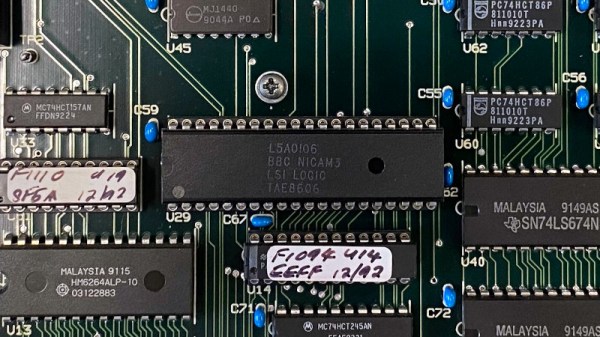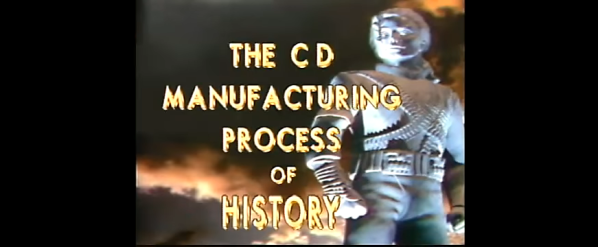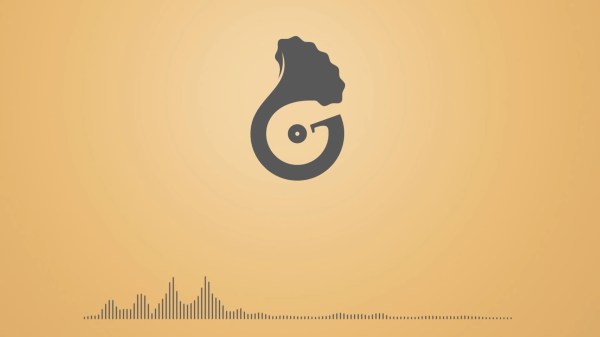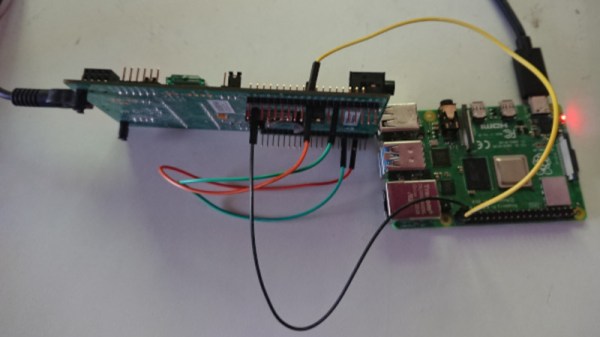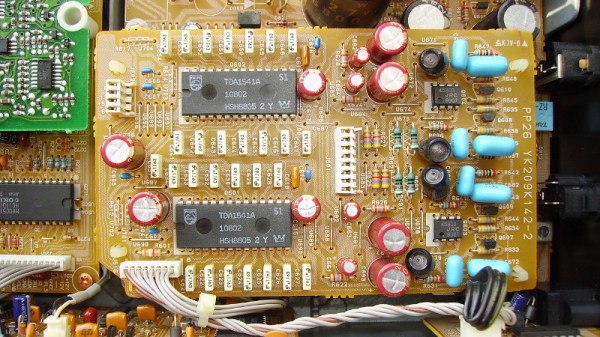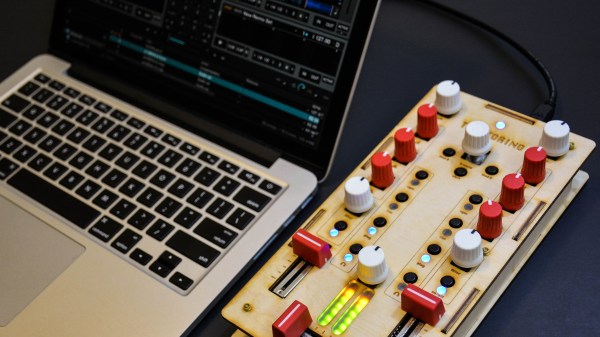Running a radio station is, on the face of it, a straightforward technical challenge. Build a studio, hook it up to a transmitter, and you’re good to go. But what happens when your station is not a single Rebel Radio-style hilltop installation, but a national chain of transmitter sites fed from a variety of city-based studios? This is the problem facing the BBC with their national UK FM transmitter chain, and since the 1980s it has been fed by a series of NICAM digital data streams. We mentioned back in 2016 how the ageing equipment had been replaced with a modern FPGA-based implementation without any listeners noticing, and now thanks to [Matt Millman], we have a chance to see a teardown of the original 1980s units. The tech is relatively easy to understand from a 2020s perspective, but it still contains a few surprises.
In each studio or transmitter site would have been a 19″ rack containing one of these units — a card frame with a collection of encoder or decoder cards. These are all custom-made by the BBC’s engineering department to a very high standard, and use period parts such as the familiar Z80 microprocessor and some Philips digital audio chips, which followers of high-end consumer audio may recognize. As you’d expect for a mission critical device, many of the functions are duplicated for redundancy, with their outputs compared to give warning of failures.
The surprise comes in the NICAM encoder and decoder — it’s a custom LSI chip made exclusively for the BBC. This indicates the budget available to the national broadcaster, and given that these units have in some cases been working for over 35 years, we’re guessing that the license payers got their money’s worth.
You can read about the original switch-over in 2016, and a little more about NICAM, too.

